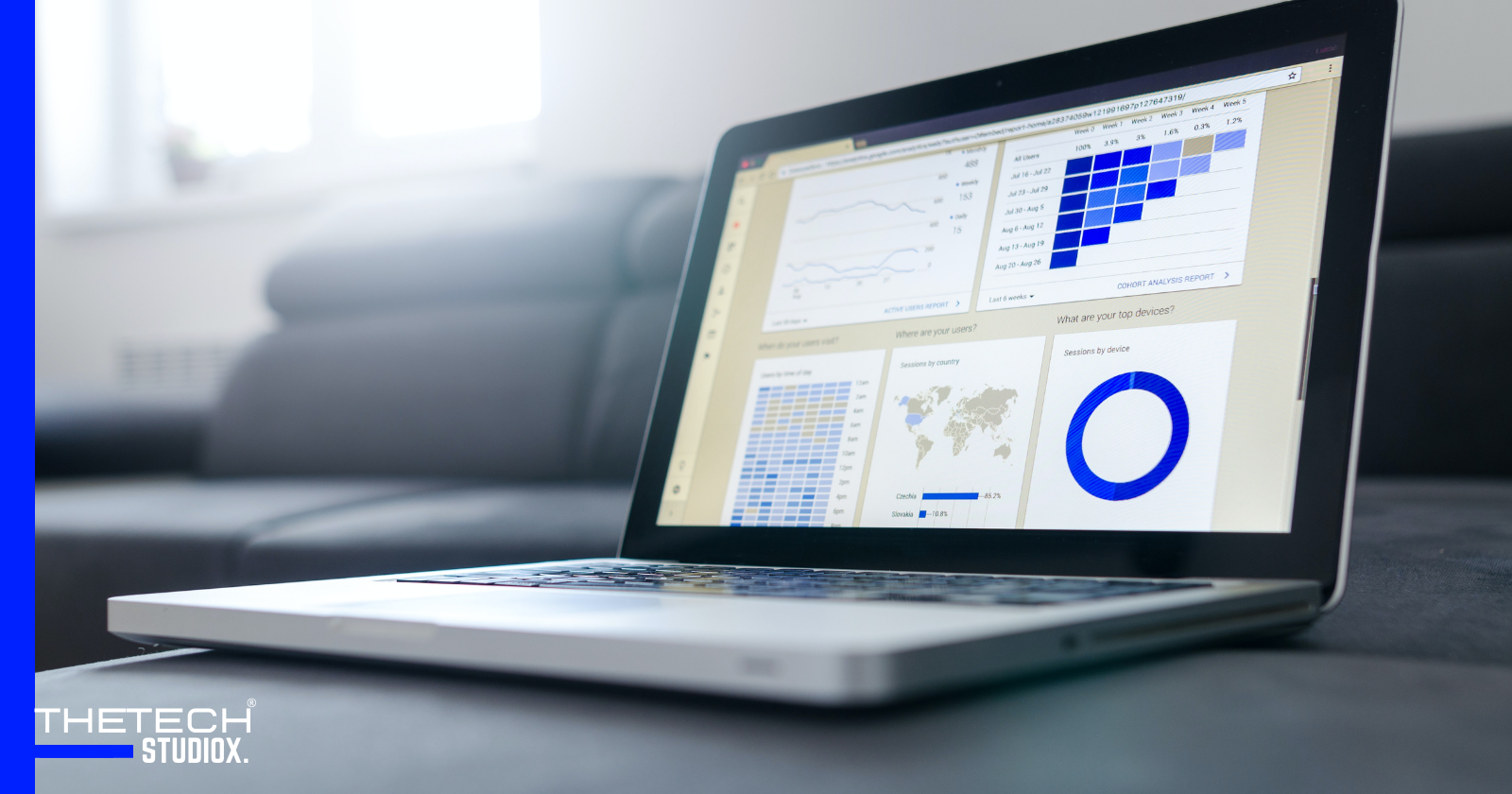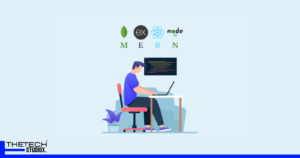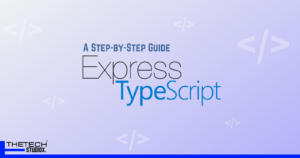Table of Contents
Python Skills for data scientists
Python has become the go-to programming language for data scientists worldwide. With its simplicity, versatility, and powerful libraries, Python provides a solid foundation for data analysis, manipulation, and visualization. In this comprehensive guide, we will explore the top 10 Python skills that every aspiring data scientist should master.
The importance of Python skills for data scientists
As data science continues to gain prominence in various industries, the demand for skilled professionals proficient in Python is skyrocketing. Python offers a wide range of libraries and tools specifically designed for data science, making it the preferred choice for many data scientists. By mastering Python, you not only enhance your data analysis capabilities but also open doors to exciting opportunities in the field.
Essential Python libraries for data science
To excel in data science, it is crucial to be familiar with the essential Python libraries. NumPy, for example, provides support for large, multi-dimensional arrays and matrices, along with a vast collection of mathematical functions. Pandas, on the other hand, is perfect for data manipulation and analysis, offering data structures and operations for efficient data handling. Additionally, the SciPy library provides advanced scientific computing capabilities, while Matplotlib and Seaborn enable stunning data visualizations.
1. Data manipulation and analysis with Python
Data manipulation and analysis are fundamental skills for any data scientist. With Python, you can easily clean, transform, and filter data using Pandas. The library’s flexible data structures, such as DataFrames, allow for seamless data manipulation. Python also offers various statistical functions that aid in descriptive analysis, hypothesis testing, and data exploration. By mastering these skills, you can uncover valuable insights hidden within your datasets.
2. Data visualization with Python
Effective data visualization is essential for conveying complex information clearly and concisely. Python libraries like Matplotlib and Seaborn provide a wide range of visualizations, from basic line plots to sophisticated heatmaps and interactive dashboards. With these tools, you can create visually appealing and insightful charts, graphs, and plots that help in understanding patterns, trends, and relationships within your data.
3. Machine learning with Python
Machine learning is a cornerstone of data science, and Python offers an extensive ecosystem of libraries for this field. Scikit-learn, for instance, provides a robust set of algorithms for classification, regression, clustering, and dimensionality reduction. TensorFlow and PyTorch are popular libraries for deep learning, enabling the development of complex neural networks. By mastering machine learning with Python, you can build predictive models and make accurate data-driven decisions.
4. Natural Language Processing (NLP) with Python
Natural Language Processing (NLP) is a specialized field within data science that focuses on understanding and processing human language. Python libraries like NLTK and spaCy offer powerful tools for tasks such as text tokenization, sentiment analysis, named entity recognition, and text classification. By mastering NLP with Python, you can extract meaningful information from text data, enabling advanced applications like chatbots, sentiment analysis, and language translation.
5. Web scraping and data collection with Python
In the era of big data, web scraping has become an invaluable skill for data scientists. Python libraries like BeautifulSoup and Scrapy provide easy-to-use tools for extracting data from websites. With these libraries, you can automate the collection of data from various online sources, including social media platforms, e-commerce websites, and scientific journals. By mastering web scraping with Python, you can gather vast amounts of data for analysis and gain a competitive edge in the field of data science.
6. Big data processing with Python
As datasets continue to grow in size and complexity, it is essential to have the skills to process big data efficiently. Python libraries like Apache Spark and Dask offer distributed computing capabilities, enabling parallel processing of large datasets across clusters of machines. Additionally, libraries like Hadoop and PySpark allow you to work seamlessly with big data frameworks. By mastering big data processing with Python, you can handle massive datasets and extract meaningful insights effectively.
Best practices and resources for mastering Python skills
If you aspire to become a skilled Python data scientist, mastering the necessary tools and techniques is essential. One way to achieve this is by adhering to industry best practices and utilizing the available resources. Writing clean, organized, and reusable code, documenting your work thoroughly, and following established coding conventions are critical for effective teamwork and future maintenance.
Furthermore, online tutorials, courses, and books offer valuable learning resources to help you grasp the fundamentals and enhance your skills. In addition, participating in data science communities and forums can provide an opportunity to connect with other professionals, share knowledge and insights, and expand your network. By embracing these best practices and leveraging the available resources, you can accelerate your progress and achieve success as a proficient Python data scientist.
Conclusion
Mastering Python is an essential step towards becoming a successful data scientist. By developing proficiency in the top 10 Python skills outlined in this comprehensive guide, you can unlock the full potential of data science and propel your career forward. From data manipulation and analysis to machine learning and big data processing, Python offers a rich ecosystem of libraries and tools that empower data scientists to extract valuable insights from complex datasets. So take the plunge, dive into Python, and embark on an exciting journey towards mastering the art of data science.




[…] Also Read: The Top 6 Python Skills for Data Scientists […]